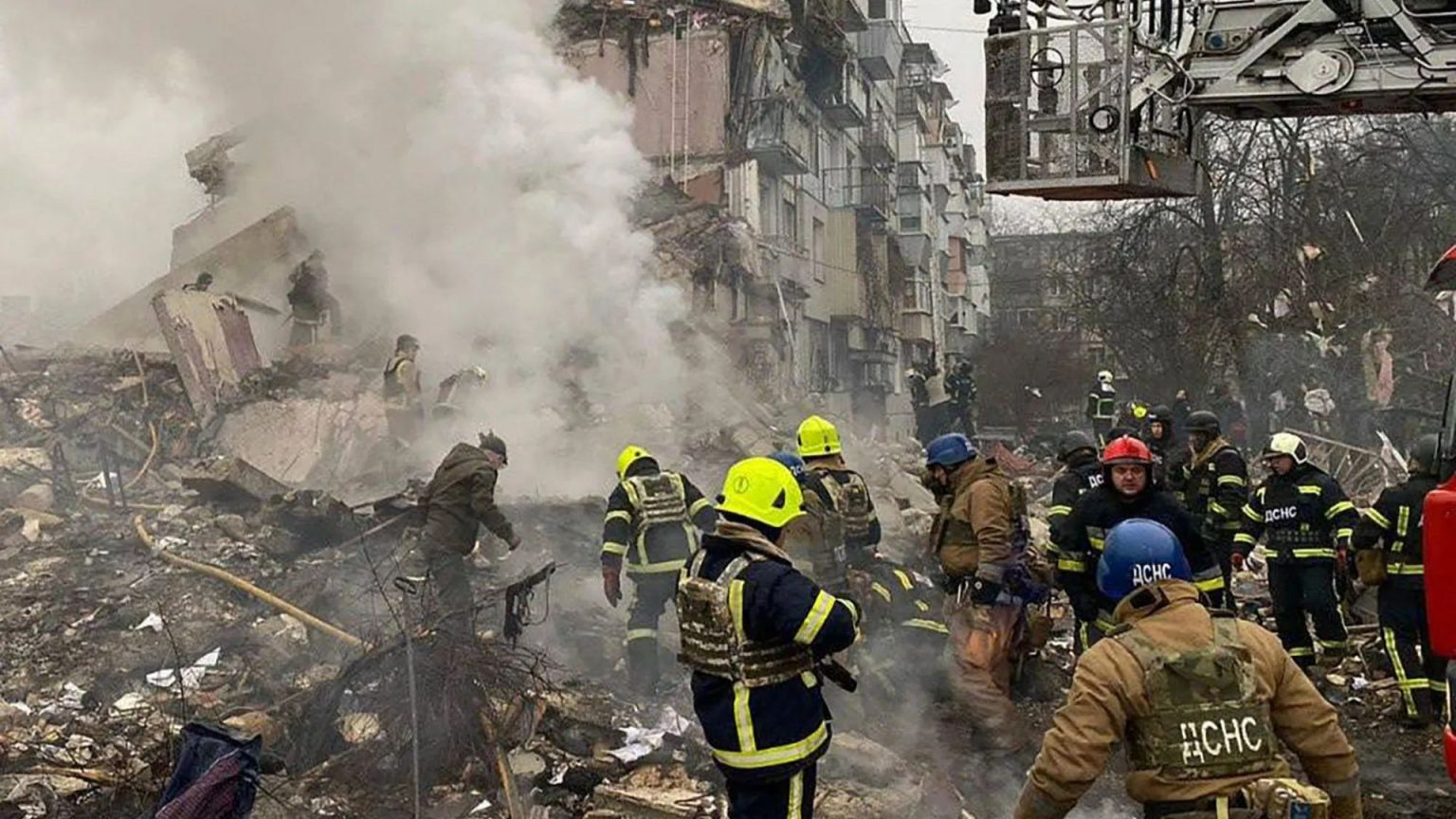The night sky over Ukraine was once again ripped apart by the searing trails of Russian missiles and the ominous buzz of Iranian-supplied drones. This latest barrage, a brutal demonstration of continued aggression, targeted civilian infrastructure and residential areas, leaving a trail of devastation and snuffing out innocent lives. Six Ukrainian civilians perished in the attacks, their homes transformed into fiery tombs. The strategic city of Kharkiv and the central city of Poltava bore the brunt of the assault, with apartment buildings reduced to rubble and families torn asunder. The timing of this savage attack, coinciding with former US President Donald Trump’s announcement of ongoing talks with Moscow, underscored the volatile and unpredictable nature of the conflict. While the stated aim of these discussions was to find a resolution to the war, the missile strikes served as a stark reminder of the challenges in achieving peace.
The scale and intensity of the attack triggered a swift response from NATO. Fighter jets were scrambled in Poland, a frontline nation bordering Ukraine, and air defense systems were placed on high alert, prepared to intercept any stray missiles or drones venturing into NATO airspace. This incident highlights the precarious balance of power in the region and the ever-present risk of the conflict escalating beyond Ukraine’s borders. The attack appeared to be a deliberate show of force by Vladimir Putin, intended to intimidate Ukraine and its allies. It demonstrated the Kremlin’s willingness to inflict widespread suffering and destruction to achieve its objectives, regardless of the human cost.
The attacks focused on key infrastructure, including gas and energy facilities supplying Ukraine’s military-industrial complex, aiming to cripple the country’s ability to defend itself. The targeting of civilian areas, however, reveals a deeper, more sinister layer to Russia’s strategy. By terrorizing the population, Putin seeks to break the will of the Ukrainian people and erode their resolve to resist. The horrific scenes of shattered buildings, burning homes, and injured civilians are not merely collateral damage; they are instruments of psychological warfare designed to sow fear and despair. The contrast between these acts of barbarism and Putin’s public display of piety, presenting flowers to Patriarch Kirill on the anniversary of his enthronement, further underscores the cynical and hypocritical nature of the Russian regime.
The international community condemned the attacks, with Ukrainian officials denouncing Russia’s blatant disregard for international law and human life. The strikes came amidst heightened tensions and diplomatic efforts to find a peaceful resolution to the conflict, casting a dark shadow over the prospects for a negotiated settlement. The attacks served as a chilling reminder of the devastating consequences of the ongoing war and the urgent need for a cessation of hostilities. The continued targeting of civilian areas underscores the moral bankruptcy of the Russian leadership and the urgent need for accountability for these war crimes.
Amidst the chaos and destruction, stories of individual courage and resilience emerged. The death of British volunteer Alexander Garms-Rizzi, who sacrificed his life to save his Ukrainian comrades, highlighted the bravery of foreign fighters who have joined the defense of Ukraine. His selfless act served as a stark reminder of the human cost of the conflict and the sacrifices made by those fighting for freedom and democracy. Similarly, Ukrainian air defense forces managed to repel some of the attacks, demonstrating their unwavering commitment to protecting their homeland.
The aftermath of the attacks revealed the grim reality of war: shattered lives, devastated communities, and a growing humanitarian crisis. The images of injured children, burning homes, and grieving families serve as a powerful indictment of the ongoing conflict and a call for an end to the violence. The Russian military’s practice of posting videos of their drone strikes online as war trophies reveals a disturbing level of dehumanization and a callous disregard for human suffering. These videos, shared on social media platforms, serve as a propaganda tool to glorify violence and intimidate the Ukrainian population. They also offer chilling evidence of the deliberate targeting of civilian infrastructure and residential areas, constituting war crimes that demand international attention and accountability.


